If you're gardening in Zone 4, you're familiar with the challenges of a shorter growing season.
But with strategic planning and some gardening tricks, you can extend your growing season and provide your plants with more time to flourish.
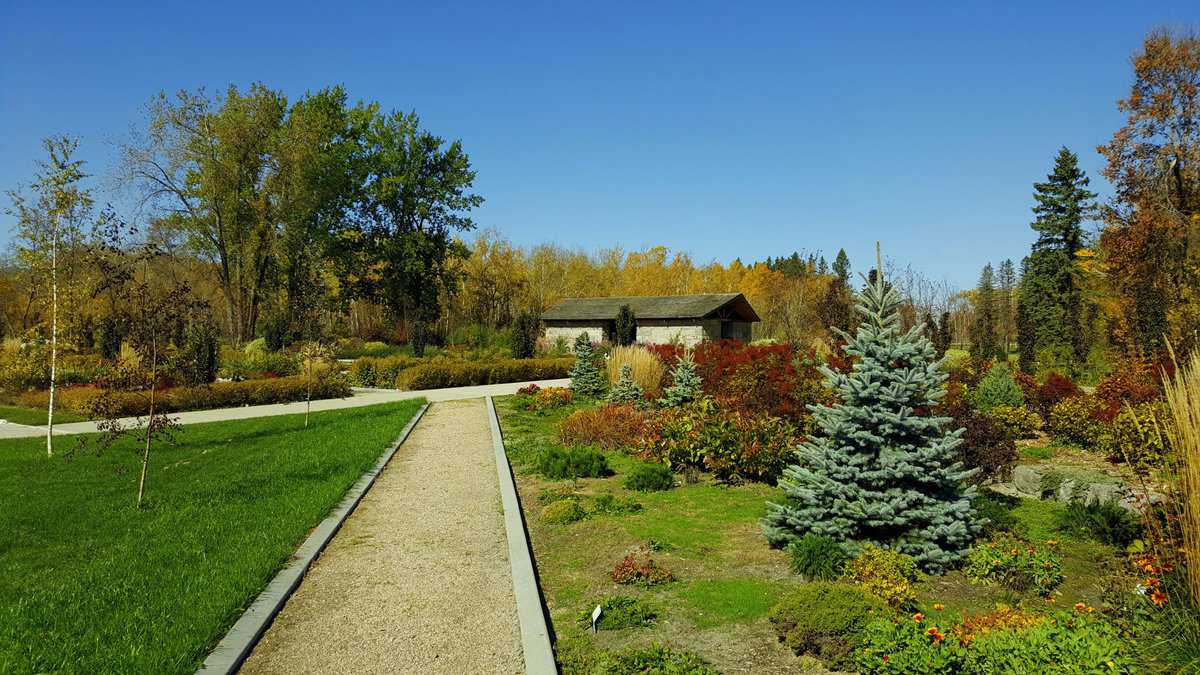
In this article, we will explore various strategies for extending your growing season in Zone 4.
Understanding Zone 4
Understanding your zone is the first step towards a successful extended growing season.
Zone 4 is characterized by average minimum temperatures between -34 to -28 degrees Fahrenheit.
The specific conditions of your zone dictate when to plant, what to plant, and how to protect your plants.
Choosing the Right Plants
The key to a successful extended growing season is choosing the right plants.
In Zone 4, you'll want to focus on cold-hardy plants that can withstand cooler temperatures.
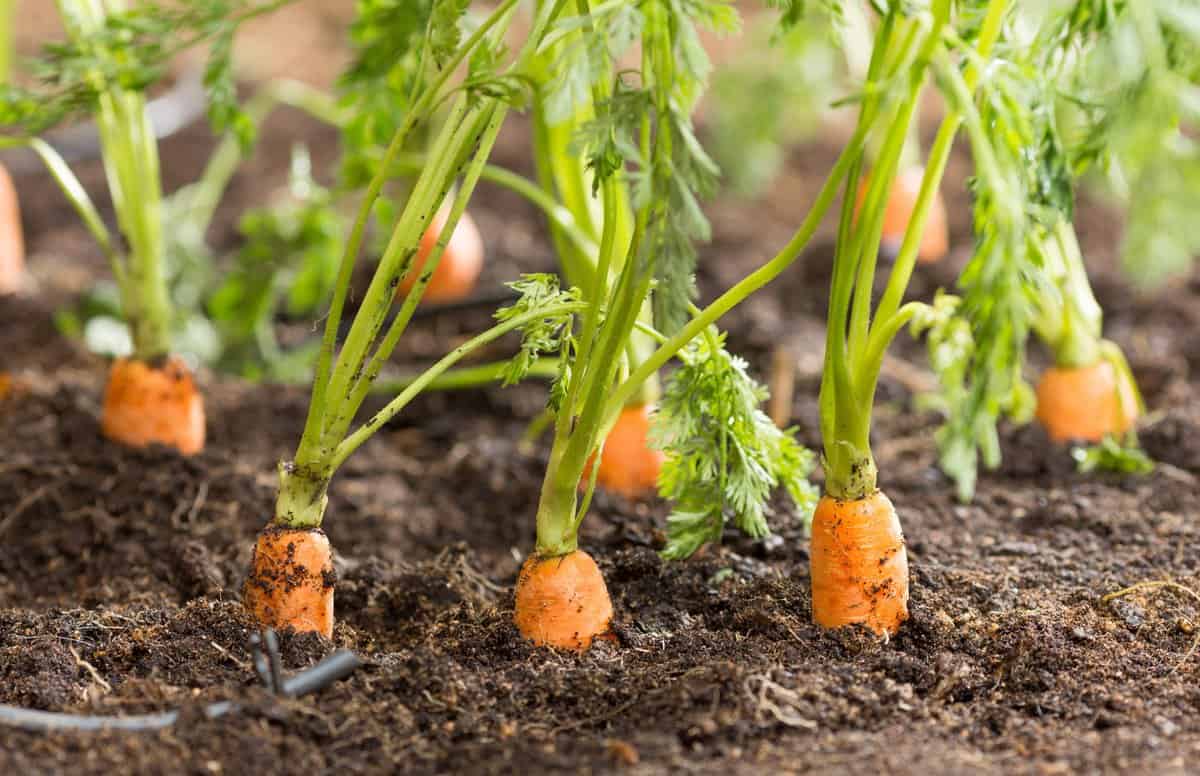
Consider vegetables like kale, spinach, and carrots, which are known for their resistance to cold.
In addition to these, other vegetables such as Brussels sprouts, parsnips, and collard greens also do well in colder temperatures.
These plants not only survive but thrive in cooler weather, often becoming sweeter after a frost.
Don't forget about hardy herbs like thyme, sage, and parsley.
These can add flavor to your meals long after the summer herbs have faded.
Seed Starting Techniques
An effective strategy to extend your growing season is to start your seeds indoors.
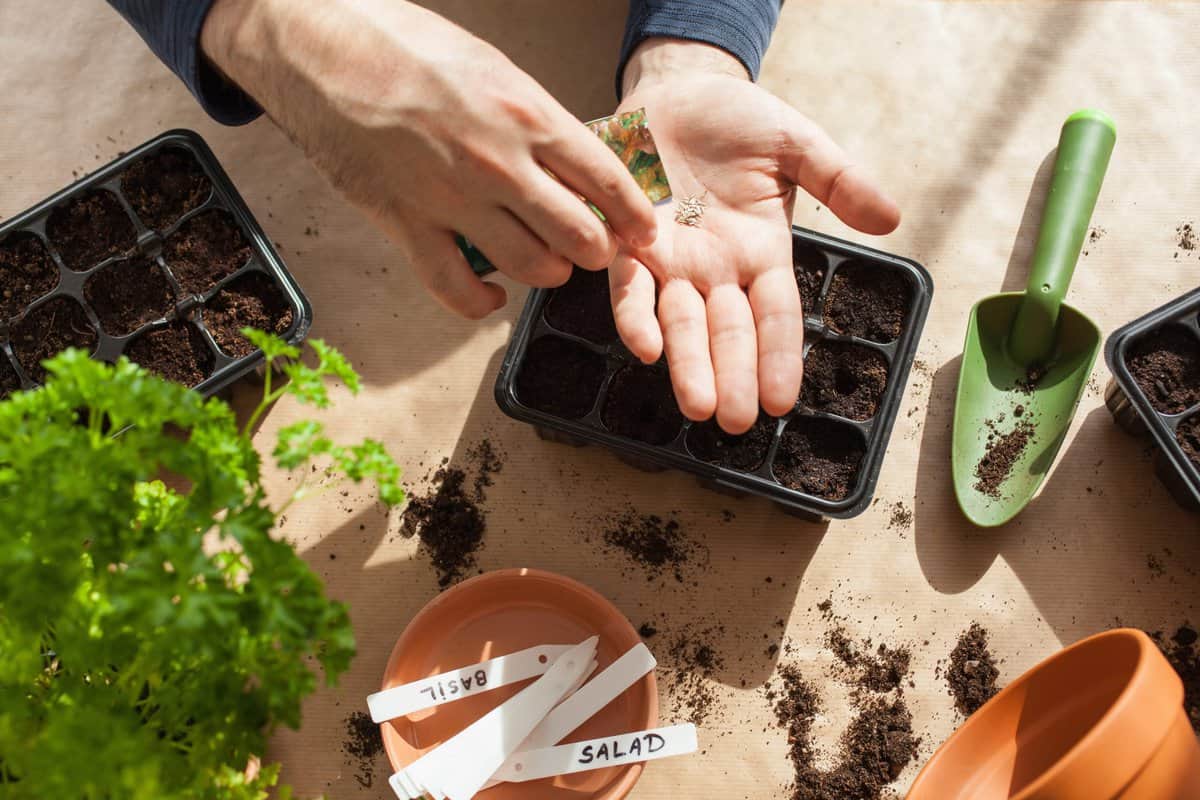
Aim to do this around 6-8 weeks before the last predicted frost.
This timing will vary based on the specific plant varieties, so be sure to read the seed packet instructions.
Starting seeds indoors can seem daunting, but it doesn't have to be.
Use seed trays or pots filled with a good quality seed compost, and place them in a bright, warm spot, ideally under grow lights.
Remember to keep the soil moist but not waterlogged. This head start allows your plants to grow stronger and more resilient, ready to face the outside world when spring finally arrives.
Cold Frame Gardening
Cold frames are essentially mini-greenhouses that trap heat from the sun and provide insulation for your plants.
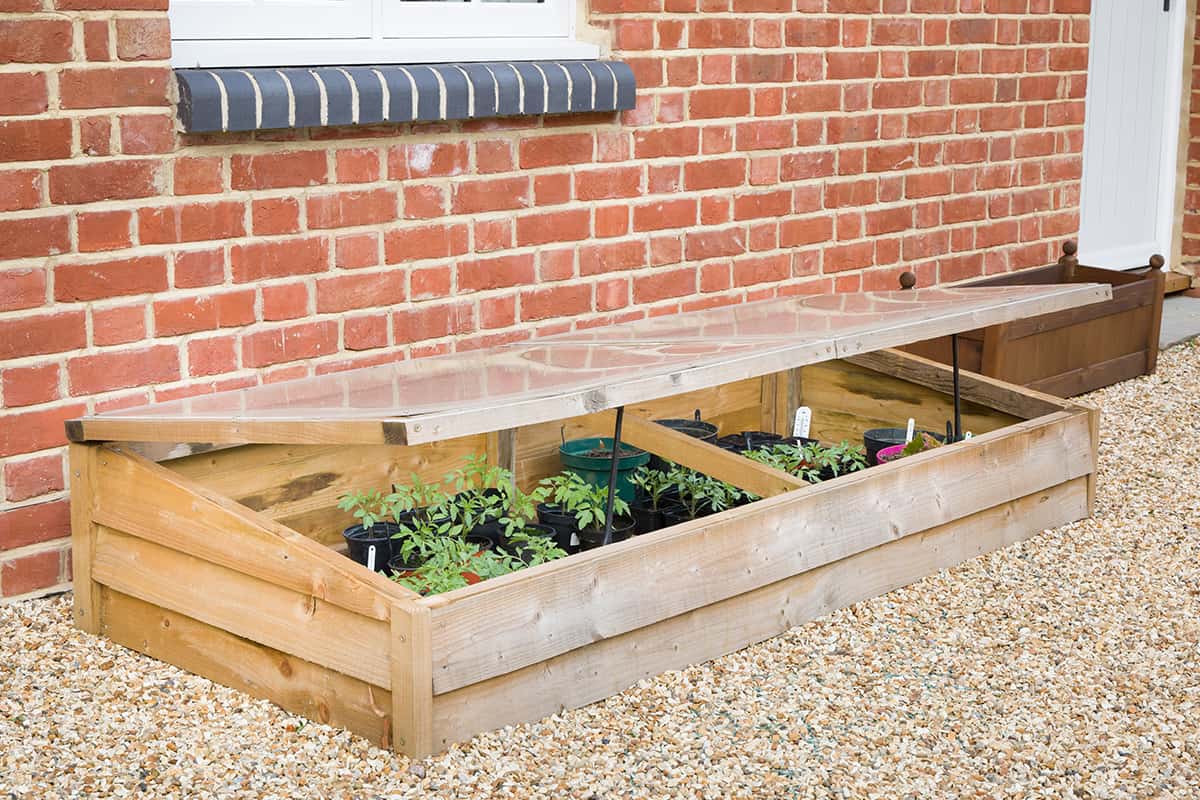
They're usually built low to the ground and have a transparent roof, often sloping to catch the maximum amount of sunlight.
By using cold frames, you can create a warmer microclimate that extends your growing season by several weeks in the spring and fall.
You can start your seedlings in them in early spring, and continue to harvest cold-tolerant veggies well into the winter.
Remember to vent your cold frame on sunny days to prevent overheating, and close it up when temperatures drop or snow is forecasted.
Raised Bed Gardening
Raised beds are a great way to extend your growing season.
Because they're above ground level, they warm up faster than the soil in the ground, allowing you to plant earlier in the spring.
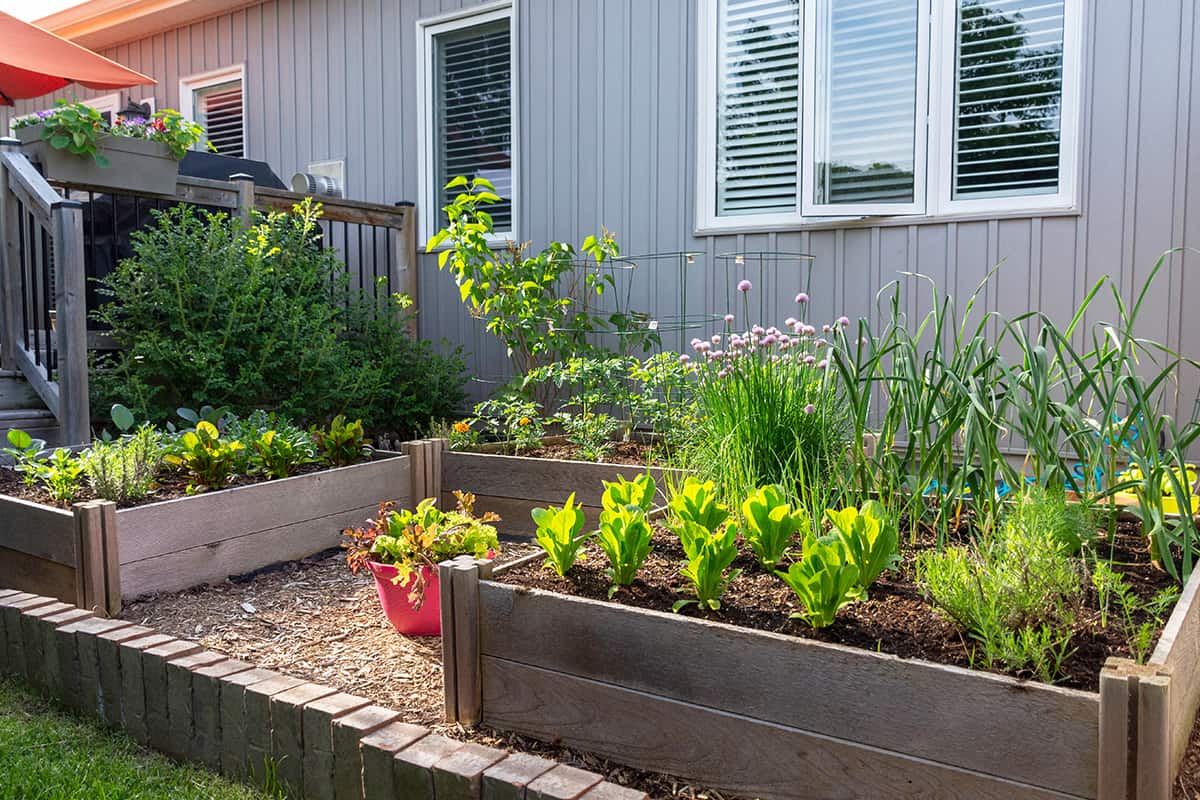
Raised beds offer other benefits too, including improved soil structure and drainage, which can be particularly helpful during a wet fall.
It's also easier to add compost and other soil amendments to raised beds, enhancing your soil's fertility over time.
For best results, orient your raised beds north to south to maximize sun exposure, and consider installing a drip irrigation system for efficient watering.
Row Cover Use
Row covers, or floating row covers, are lightweight covers that serve as a protective blanket for your plants.
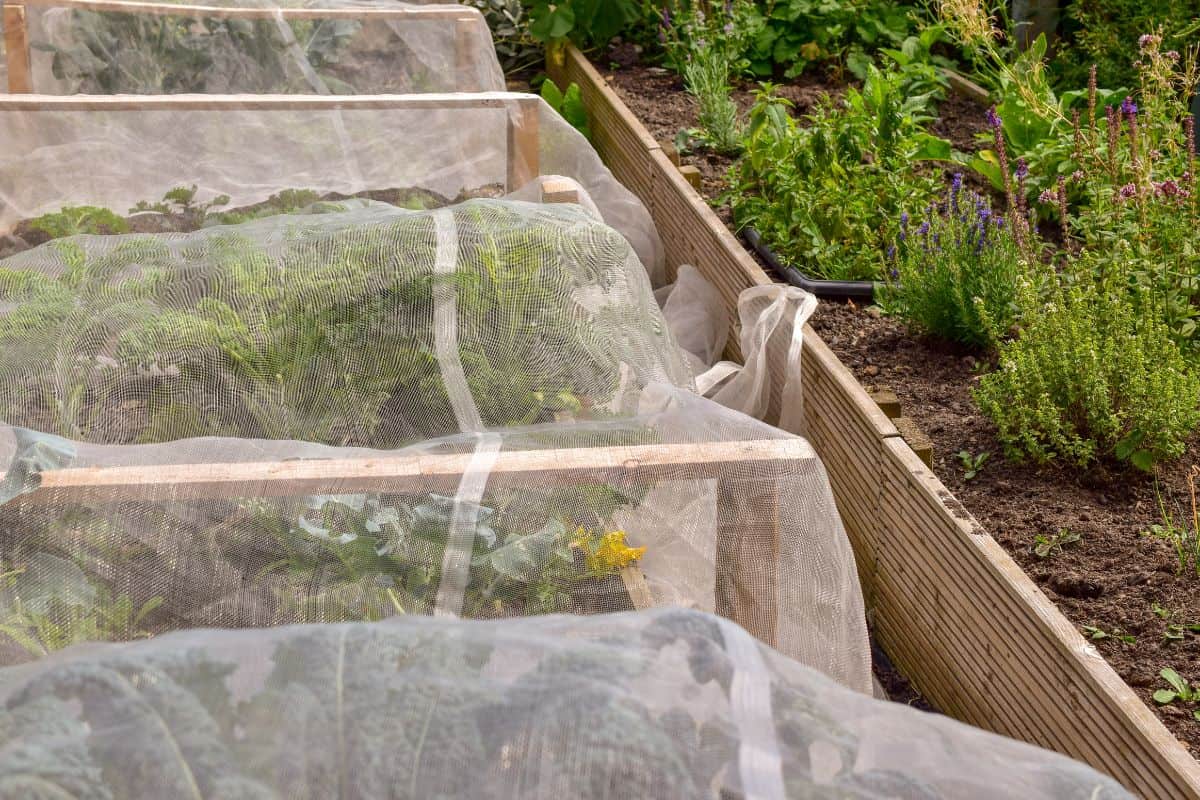
They're usually made of a breathable fabric that allows light, water, and air to reach the plants while offering protection against frost and cold winds.
Row covers can be used in both spring and fall to extend the growing season.
They can also protect your plants from pests, reducing the need for chemical controls.
Mulching Techniques
Mulching is a crucial technique for extending your growing season.
A thick layer of mulch around your plants helps retain soil heat, protect plant roots from freezing, and conserve water.
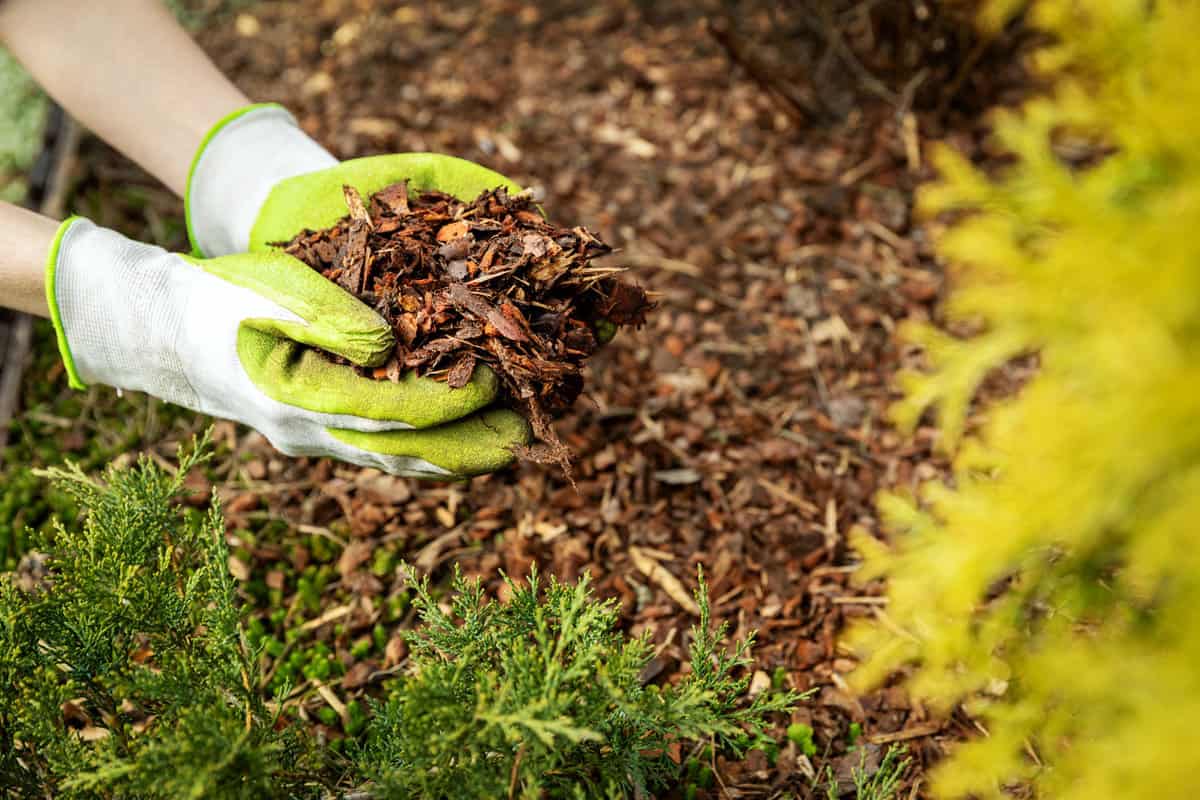
Organic mulches like straw, grass clippings, or shredded leaves can be particularly beneficial, as they slowly break down and improve your soil's fertility.
In the fall, mulch your beds heavily after the first hard frost to protect your soil and any overwintering plants.
Tunnel and Greenhouse Gardening
If you're ready for a bigger investment, consider setting up a tunnel or greenhouse.
These structures create a controlled growing environment that shields your plants from harsh elements.
Greenhouses and tunnels can extend your growing season considerably, making it possible to grow a more diverse range of plants and harvest them earlier and later than usual.
A high tunnel, which is a type of unheated greenhouse, uses the sun's heat to warm the crops, making it an excellent choice for colder climates like Zone 4.
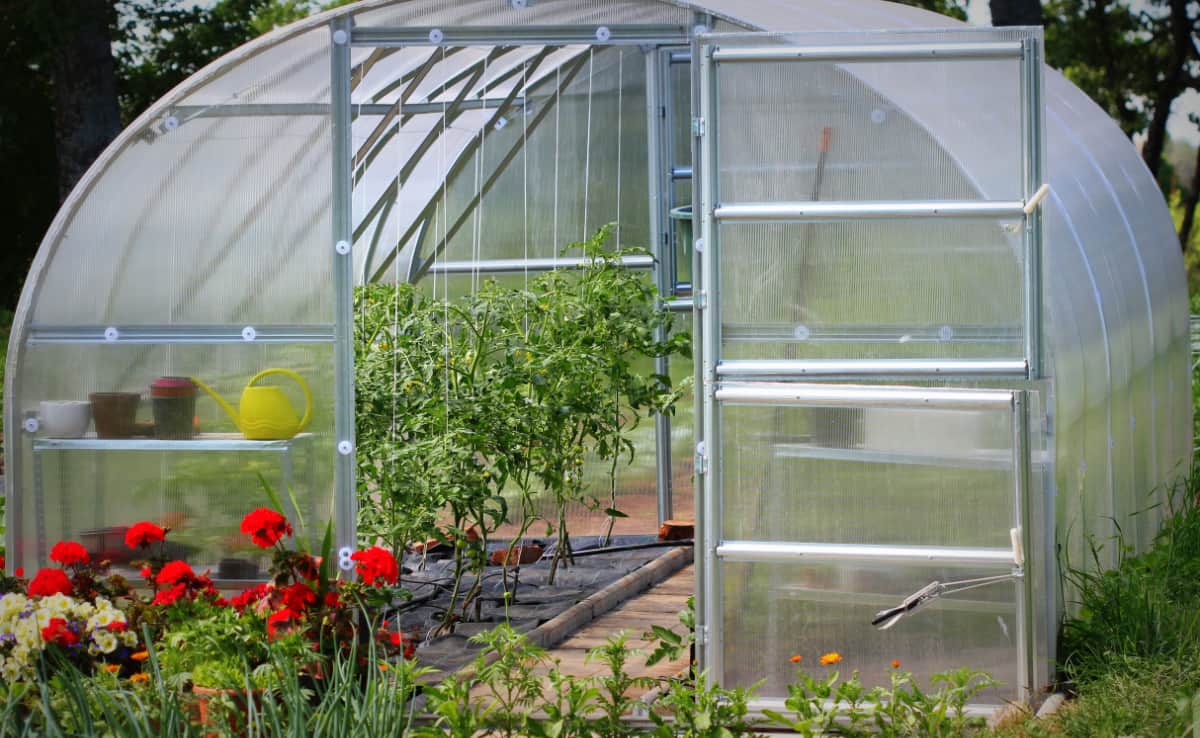
They are typically constructed out of metal or wood, covered in greenhouse material such as hard plastic sheeting or durable plastic rolls, and placed over bare land.
You don't need any special equipment or gardening techniques; the crops are planted directly into the ground as they would in any typical in-ground garden.
The main advantage of a high tunnel is its ability to protect crops from unpredictable weather conditions, such as frost, high winds, or an unexpected cold snap, and pests.
One of the main benefits of high tunnels is that they can lengthen the growing season of specific crops by up to a month, enabling you to harvest earlier and later than most others.
You can plant crops up to a month earlier without an added heat source in most cases.
If you're running behind, you can also plant crops up to a month later, as they'll be protected from potential weather conditions.
You should have approximately three planting cycles in a high tunnel: early spring, summer, and fall.
High tunnels are also a wonderful place to start seeds and harden off seedlings before moving them outdoors.
Be prepared to use a supplemental heat source if you choose to start seeds in your high tunnel.
Check out this walk-in heavy-duty portable greenhouse on Amazon.
You can purchase a prefab high tunnel or build your own to suit your property's size.
When installing a high tunnel, it's essential to ensure it stays perpendicular to the typical wind pattern in your area to prevent damage.
Extending Growing Season in Zone 4 is Challenging But Rewarding
Extending the growing season in Zone 4 may present a unique set of challenges, but with the right tools and techniques, you can overcome them and enjoy a lush, productive garden throughout the year.
Whether you're a seasoned gardener or just starting, every step you take towards extending your growing season brings you closer to a more self-sustaining lifestyle.
So put your green thumb to work, and enjoy the fruits (and vegetables) of your labor all year round.
Happy gardening!
For more Zone 4 gardening tips, read here:
The Top Shade-Loving Plants for USDA Zone 4
The 17 Best Plants to Grow in Zone 4b (-25 to -20 °F/-31.7 to -28.9 °C)

